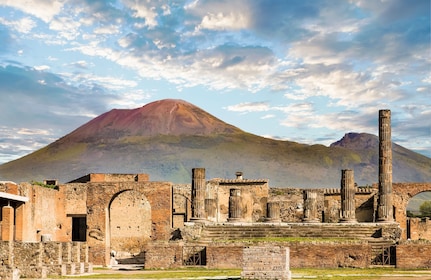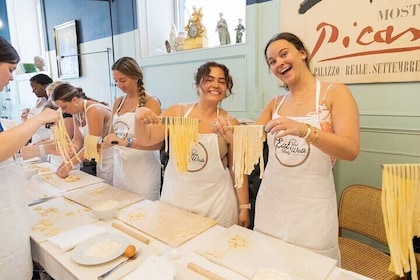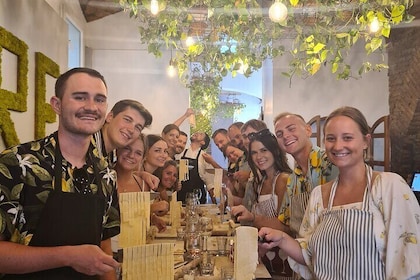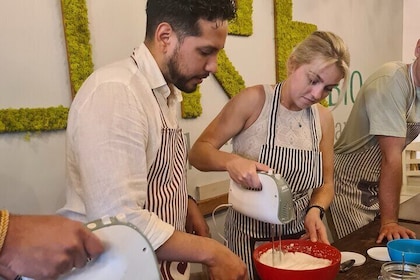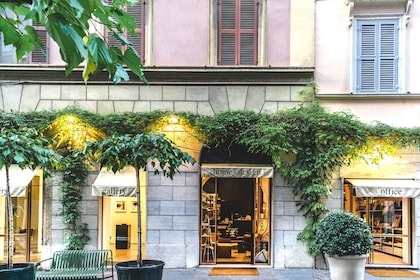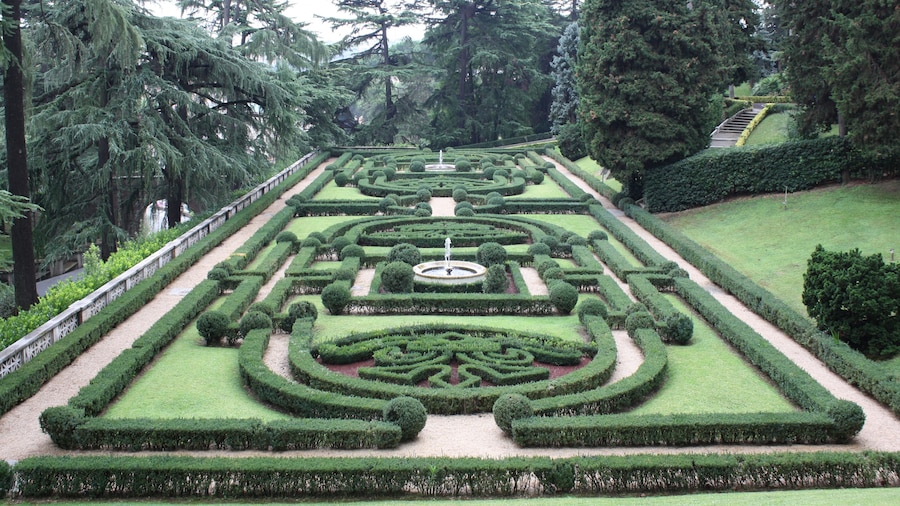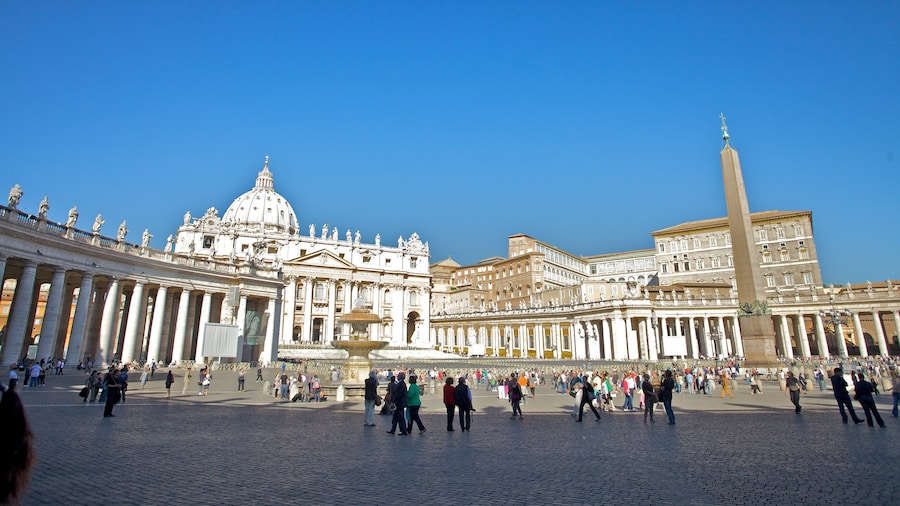Some say the art housed within the Vatican Museums is the best in the world as it features stunning Renaissance masterpieces interspersed with ancient Roman relics.
Created by Pope Julius II during the 16th century, the Vatican Museums collection is as old as St. Peter’s Basilica. The collection was founded in order to display the extensive assemblage of work acquired by the Catholic Church. Today, the paintings, sculptures and artefacts attract approximately 5 million visitors annually.
Within the broad collection there are many subsections that each boast impressive works of their own. There are notable highlights, including pieces by Giotto, Raphael, da Vinci and Caravaggio’s famous The Entombment of Christ. Discover a wide range of Greek and Roman sculpture in the Museo Pio-Clementino alongside a vast collection of Ancient Egyptian artefacts, intricately drawn Italian maps and an impressive body of recent religious art.
Walk through the series of room that look at the life work of Raphael, one of the biggest names from the Renaissance period. The rooms were once going to be used as a suite for the Pope to reside in but were instead converted into a shrine for the artist. See his seminal works including The School of Athens, Adam and Eve and The Parnassus.
As you leave the museum you’ll see the most impressive and recognisable works in the area. The Sistine Chapel’s walls are adorned by the brushstrokes of some of history’s most notable painters, including Pietro Perugino, Sandro Botticelli, Cosimo Rosselli and Michelangelo, whose ceiling fresco is considered one of the world’s greatest works of art.
The Vatican Museums are located in the heart of Rome. They are closed on Sundays and Catholic holidays. An admission fee applies for entry, except for on the last Sunday of the month when the museum opens its doors free of charge. To reach the museums from the city centre, cross the Tiber and walk along Via della Conciliazione, or depart the metro at Ottaviano station.
















